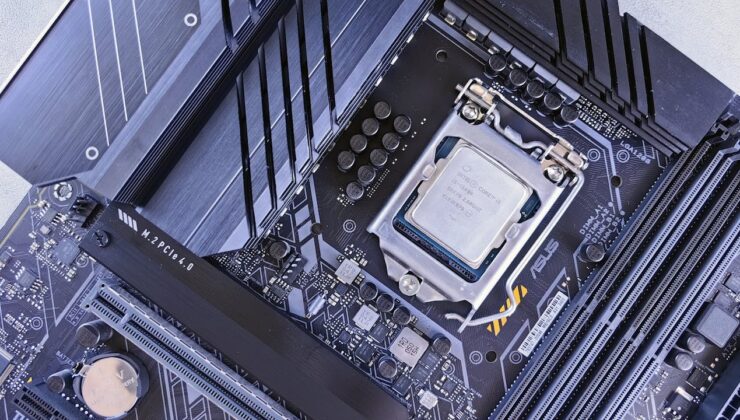What Is a Computer Bottleneck and Why Does It Occur?
A bottleneck in a computer system refers to a point where the performance is limited due to a mismatch between hardware components, causing a slowdown in overall system efficiency. Imagine a scenario where your high-end graphics card is waiting for data from a slow processor or limited RAM; this creates a choke point that hampers the entire performance. In essence, a bottleneck happens when one component cannot keep up with the speed of others, acting as a restrictive barrier to maximum performance.
Common Causes of Bottlenecks in PC Systems
- Processor and Graphics Card Mismatch: An underpowered CPU paired with a powerful GPU often results in CPU bottlenecks, especially during gaming or rendering tasks.
- Insufficient or Slow RAM: Limited memory capacity or low-speed RAM can cause data transfer delays, affecting multitasking and demanding applications.
- Outdated or Slow Storage Devices: Traditional HDDs or older SSDs can significantly slow down data loading, boot times, and file transfers.
- Motherboard Data Bus Speed: The speed of data channels on the motherboard can limit how quickly data moves between components, contributing to bottlenecks.
Impact of Bottlenecks on Your System’s Performance
When a bottleneck occurs, it leads to noticeable performance degradation: reduced frame rates in games, sluggish application startup times, and delays in data processing tasks. These issues can frustrate users and hinder productivity. Recognizing the presence of a bottleneck is essential for troubleshooting and upgrading your system effectively.
How to Diagnose Bottlenecks in Your PC
To identify bottlenecks, you can utilize various testing and monitoring tools:
- Real-Time Monitoring: Use Windows Task Manager or Resource Monitor to observe CPU, GPU, RAM, and disk usage during workload execution. For example, consistently high CPU usage (above 90%) while GPU remains underutilized suggests a CPU bottleneck.
- Graphical Hardware Monitors: Programs like MSI Afterburner can provide detailed graphs of hardware utilization, helping pinpoint limiting components.
- Specialized Benchmarking Tools: Software such as CPU-Z, GPU-Z, and CrystalDiskMark evaluate hardware performance levels, enabling comparison against expected standards.
- Online Bottleneck Calculators: These tools help assess compatibility between your CPU and GPU, offering insights into potential performance bottlenecks.
Strategies to Prevent and Minimize Bottlenecks
Achieving a balanced hardware setup is key. Here are some recommendations:
- Component Compatibility: Select hardware where CPU, GPU, RAM, and storage are well-matched to avoid over- or under-powered configurations.
- Upgrade Critical Components: Increasing RAM capacity, switching to SSDs, or upgrading the CPU or GPU can significantly improve system responsiveness.
- Maintain Software and Hardware Updates: Regularly update drivers, BIOS, and firmware to ensure optimal hardware communication and performance.
- Consider Overclocking Carefully: Overclocking can boost performance but requires compatible hardware and proper cooling to prevent stability issues.
In conclusion, understanding the nature of bottlenecks and proactively diagnosing and upgrading your system components can dramatically enhance your computer’s performance, providing a smoother and more efficient user experience.
 02:00
02:00




 News
News
 Breaking News
Breaking News
 Breaking News
Breaking News
 Breaking News
Breaking News
 Breaking News
Breaking News
 Breaking News
Breaking News
 Breaking News
Breaking News







